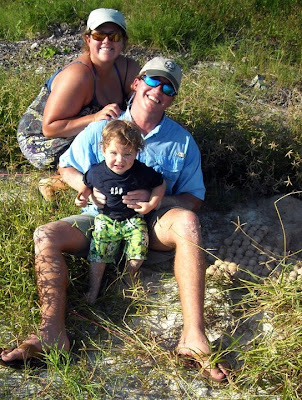Heddy & Lisa are keeping track of everyone's wish-list
The staff at KML wish you all a Happy Holiday Season and look forward to seeing y'all in the New Year!
 This past weekend KML staff participated in the 1st Annual Lower Keys Lionfish Derby sponsored by REEF, and placed 2nd out of 18 teams for most lionfish collected with 21!!
This past weekend KML staff participated in the 1st Annual Lower Keys Lionfish Derby sponsored by REEF, and placed 2nd out of 18 teams for most lionfish collected with 21!! Follow the link below to see the complete results...
Follow the link below to see the complete results... The team hit the water bright and early in Long Key and had to be in Key West to have their lionfish counted and measured by sundown.
The team hit the water bright and early in Long Key and had to be in Key West to have their lionfish counted and measured by sundown.













 Marine Ecology students from Florida Gulf Coast University, Fort Meyers, visited KML to get hands-on experience in a marine environment. Led by their professor, Dr. Micheal Parsons, they participated in KML's Living Laboratory Project (see KML website for more details). Students learned first-hand the challenges of laying out a site grid and doing belt transects and point counts while snorkeling, at 2 of the selected sites.
Marine Ecology students from Florida Gulf Coast University, Fort Meyers, visited KML to get hands-on experience in a marine environment. Led by their professor, Dr. Micheal Parsons, they participated in KML's Living Laboratory Project (see KML website for more details). Students learned first-hand the challenges of laying out a site grid and doing belt transects and point counts while snorkeling, at 2 of the selected sites.
 The FWRI's Finfish group just returned from another successful 10 day trip to the Dry Tortugas National Park aboard KML's R/V Diodon.
The FWRI's Finfish group just returned from another successful 10 day trip to the Dry Tortugas National Park aboard KML's R/V Diodon.





 Divers placing mesh nets over coral heads prior to spawning
Divers placing mesh nets over coral heads prior to spawning

